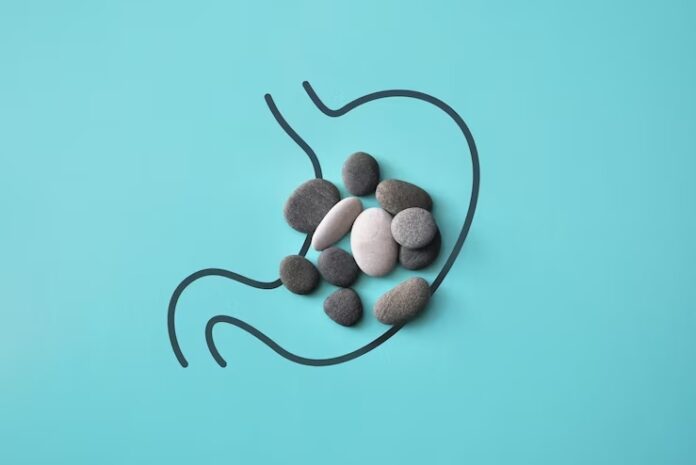Kidney stones, also known as renal calculi, are hard mineral and salt deposits that form in the kidneys. They can vary in size and shape and can cause significant discomfort and pain. This article aims to provide a comprehensive overview of kidney stones, including their causes, symptoms, diagnosis, treatment options, and prevention strategies.
Causes: Kidney stones develop when certain substances, such as calcium, oxalate, and uric acid, accumulate in the urine and form crystals. Several factors contribute to their formation, including inadequate fluid intake, a diet high in sodium and oxalate, family history, certain medical conditions (e.g., hyperparathyroidism), and urinary tract infections.
Symptoms: The presence of kidney stones often leads to various symptoms, including severe pain in the back or side, abdominal pain, blood in the urine, frequent urination, cloudy or foul-smelling urine, and a persistent urge to urinate. Depending on the stone’s size and location, symptoms can range from mild discomfort to excruciating pain.
Diagnosis: To diagnose kidney stones, healthcare professionals employ various techniques, such as medical history evaluation, physical examinations, imaging tests (e.g., X-ray, ultrasound, CT scan), and laboratory analysis of urine and blood samples. These diagnostic methods help determine the stone’s location, size, and composition, which guides the treatment plan.
Treatment:
- Small Stones:
- Drinking plenty of fluids to encourage stone passage.
- Pain relief medications to alleviate discomfort.
- Medical therapy to facilitate stone dissolution or fragmentation (e.g., medications that promote urine alkalization or enhance stone expulsion).
- Large or Complex Stones:
- Extracorporeal Shock Wave Lithotripsy (ESWL): Using shock waves to break the stones into smaller fragments that can be naturally passed through urine.
- Ureteroscopy: Inserting a thin tube through the urethra and bladder to reach the stone and either remove it or break it into smaller pieces.
- Percutaneous Nephrolithotomy (PCNL): A surgical procedure involving the removal of large stones via a small incision in the back.
Prevention: Preventing kidney stones is crucial for individuals who have a history of stone formation or are at a higher risk. Prevention strategies include:
- Staying hydrated by consuming an adequate amount of water throughout the day.
- Following a balanced diet low in sodium and oxalate, while maintaining appropriate calcium intake.
- Limiting consumption of foods high in purines, which contribute to uric acid stone formation.
- Managing underlying medical conditions that increase the risk of stone formation.
- Taking prescribed medications or supplements as directed by a healthcare professional.
Conclusion: Kidney stones are a common urological condition characterized by the formation of mineral and salt deposits in the kidneys. They can cause severe pain and discomfort, requiring appropriate diagnosis and treatment. Understanding the causes, symptoms, diagnosis methods, treatment options, and preventive measures is essential for effectively managing kidney stones and minimizing their recurrence. By following a healthy lifestyle and adhering to medical advice, individuals can reduce the risk of kidney stone formation and maintain optimal kidney health.



